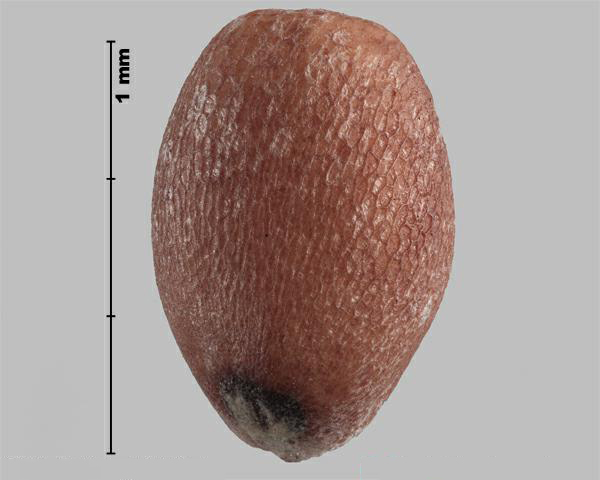Family
Brassicaceae
Common Name
Wild radish
Regulation
Primary Noxious, Class 2 in the Canadian Weed Seeds Order, 2016 under the Seeds Act.
Distribution
Canadian: Occurs in all provinces but not in the territories (Darbyshire 2003Footnote 1, Brouillet et al. 2016Footnote 2).
Worldwide: Native to northern Africa, Europe and western Asia and the Caucasus. Introduced in North and South America, elsewhere in Africa and Asia, Australia and New Zealand (USDA-ARS 2016Footnote 3). It occurs throughout the United States, except for the central region (Kartesz 2011Footnote 4).
Duration of life cycle
Annual, winter annual or biennial
Seed or fruit type
Seed, often in a pod segment
Identification features
Size
- Seed length: 2.5 - 4.5 mm
- Seed width: 2.3 - 3.5 mm
- Pod segment length: 4.0 - 5.5 mm
- Pod segment width: 2.5 - 3.0 mm
Shape
- Seed oblong to oval
- Pod segments are cylindrical; barrel-shaped
Surface Texture
- Seed reticulate surface with small, shallow interspaces
- Pod segments smooth or strongly ridged
Colour
- Seed reddish-brown with a darker area at the hilum
- Pod segments yellow or greyish-brown
Other Features
- Pods break up at maturity into one-seeded, cylindrical segments
Habitat and Crop Association
Cultivated fields, abandoned fields, gardens, grasslands, meadows, orchards, woods, cliffs, riverbanks, beaches, dunes, roadsides, railway lines and disturbed areas (Darbyshire 2003Footnote 1, Warwick and Francis 2005Footnote 5). In Canada, a weed of hay, cereals, corn, canola, clover, peas, lupins, potatoes, strawberries, onions, bulbs and hops (Warwick and Francis 2005Footnote 5).
General Information
Wild radish seeds may be dispersed as a contaminant of commercial cereals, as pod segments are a similar size to grains (Warwick and Francis 2005Footnote 5).
Mature seedpods usually fracture into one-seeded pod segments and approximately 10% are released as seeds (Warwick and Francis 2005Footnote 5). Seed is also dispersed by water and in the gut of many animals including birds and cattle. Seeds may remain viable in the soil for 15-20 years (CABI 2016Footnote 6).
Similar species
Radish (Raphanus sativus)
- Radish seeds are a similar shape, colour and have similar surface reticulations as wild radish.
- Radish seeds (length: 3.3 - 5.0 mm; width: 2.8 - 5.0 mm) are generally larger sometimes have a pointed hilum end, slightly compressed and the surface reticulations are heavier than in wild radish.
Photos
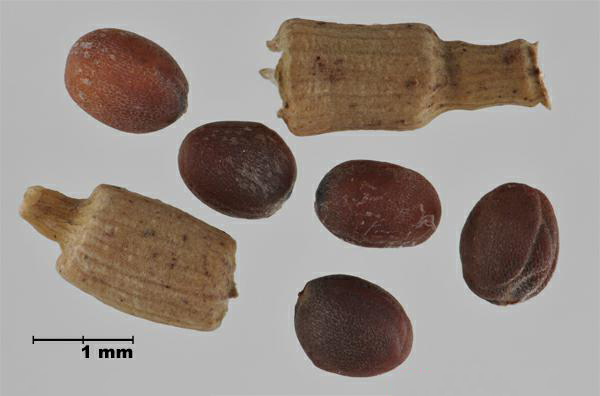
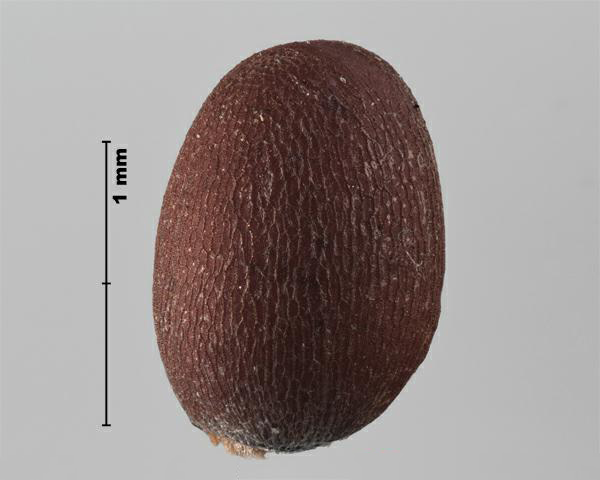
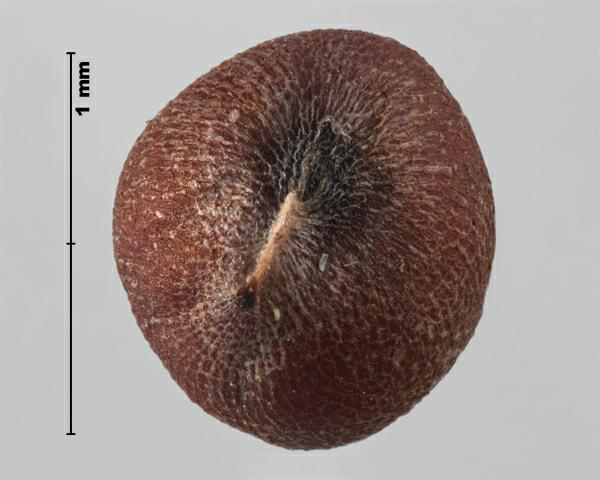
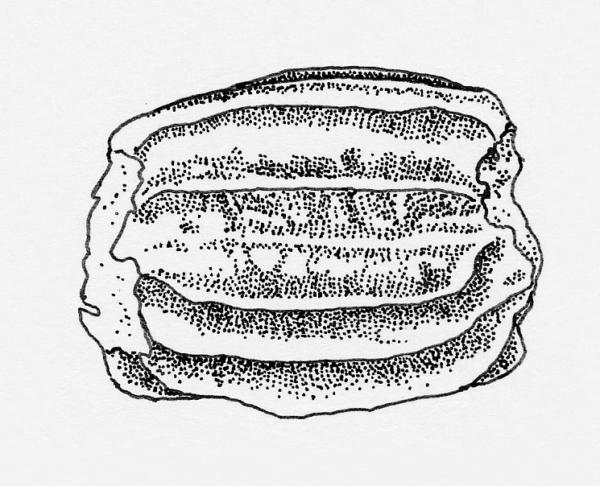
Similar species

